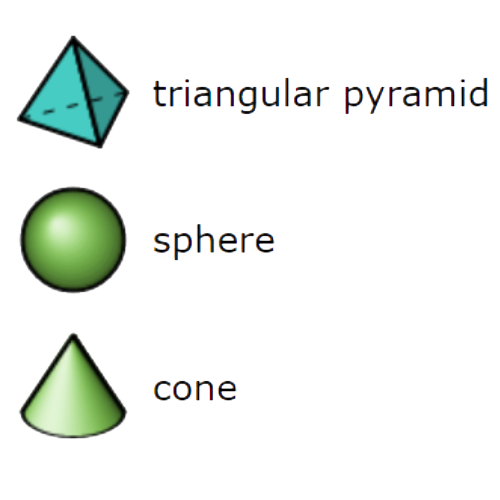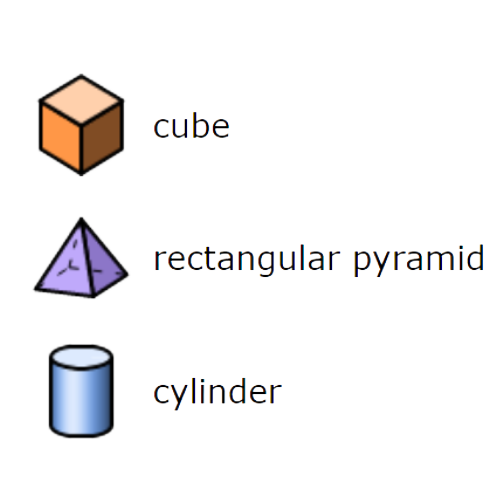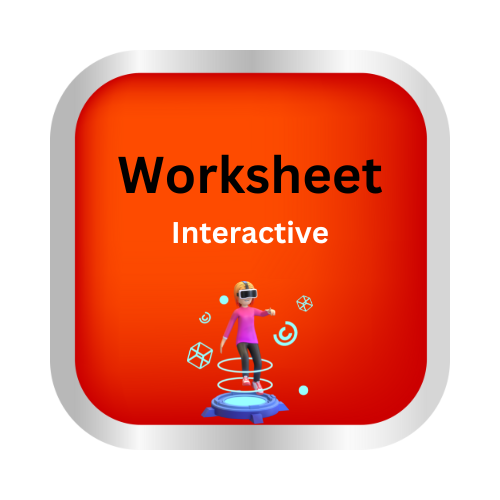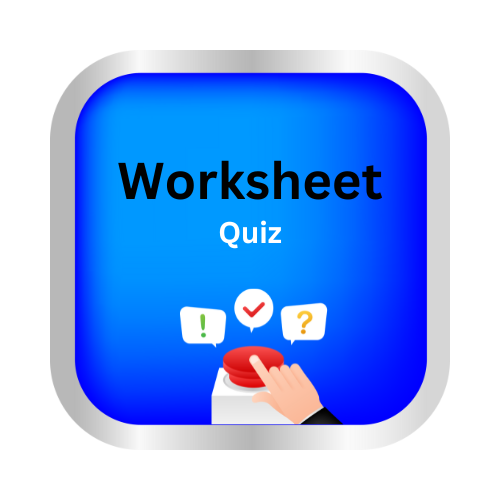Which three-dimensional figure is being described?
key notes :
🔷 What is a Three-Dimensional Figure?
- A three-dimensional (3D) figure has length, width, and height.
- Unlike flat (2D) shapes, 3D figures take up space and can be held or seen from all sides.
🔷 Common 3D Figures and Their Descriptions
| Figure | Description |
|---|---|
| Cube | – 6 square faces – All sides are equal – 8 vertices, 12 edges |
| Rectangular Prism | – 6 rectangular faces – Opposite faces are equal – 8 vertices, 12 edges |
| Sphere | – Round like a ball – No edges or vertices – 1 curved surface |
| Cylinder | – 2 circle faces and 1 curved surface – No vertices – 2 edges |
| Cone | – 1 circle face and 1 curved surface – 1 vertex – 1 edge |
| Pyramid | – Base is a polygon (usually square) – Triangular sides meet at a point (vertex) |
🔷 Vocabulary to Know
- Face: A flat or curved surface.
- Edge: Where two faces meet.
- Vertex (Vertices): A corner where edges meet.
🔷 How to Identify the 3D Figure
- Count the faces, edges, and vertices.
- Look at the shapes of the faces (squares, rectangles, circles).
- Check if the surfaces are flat or curved.
- See if the shape rolls or stacks.
🔷 Sample Clues & Answers
- “It has one circular face and one vertex.” → Cone
- “It has no edges and no vertices.” → Sphere
- “It has six square faces.” → Cube
- “It has two circular faces and a curved surface.” → Cylinder
Learn with an example
🎯 Carson made a 3-dimensional figure out of wood. The figure had a round base. Which figure could Carson have made?

Look at the cylinder:

It has a round base. Carson could have made a cylinder.
Carson could not have made these figures:

🎯 William made a 3-dimensional figure out of wood. The figure had 12 edges and 6 faces. Which figure could William have made?

Look at the rectangular prism:

William could not have made these figures:

🎯 Caden built a 3-dimensional figure that had a round shape, like a ball. Which figure could Caden have built?

Look at the sphere:

It has a round shape, like a ball. Caden could have built a sphere.
Caden could not have built these figures:

let’s practice!

